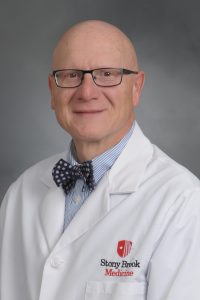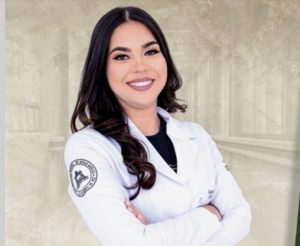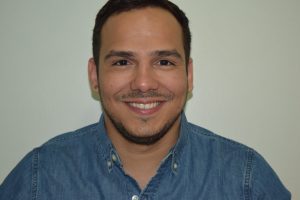The free event will be held on Oct. 30 at 4 p.m. at Stony Brook University’s Staller Center for the Arts, Theater Two, 100 Nicolls Road, Stony Brook.
By Daniel Dunaief
Want to hear characters from Mary Shelley’s Frankenstein discussing artificial intelligence? Or, perhaps, get an inside look at an interaction between a scientist studying penguins and a potential donor? Maybe you’d like something more abstract, like a thought piece on aspects of memory?
You can get all three at an upcoming Science on Stage performance of three one-act plays written by award-winning playwrights that feature the themes of cutting edge research from Stony Brook University.
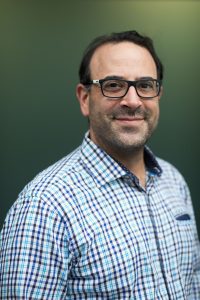
On October 30th at 4 p.m. at Staller Center for the Arts’ Theater Two, which holds up to 130 people, professional actors will read three 10-minute scripts. Directed by Jackson Gay, topics will include research about artificial intelligence, climate change in Antarctica and collective memory. Audience members can then listen to a discussion hosted by Program Founder and Associate Professor of Theater Ken Weitzman that includes the scientists and the playwrights. The event is free and open to the public.
Funded by a grant from the Office of the Provost at Stony Brook University and supported by the College of Arts and Sciences and the Alan Alda Center for Communicating Science, the performances are an “amuse-bouche,” or an appetizer, about some of the diverse and compelling science that occurs at Stony Brook University, said Weitzman.
“The hope is that [the plays] generate interest and get people to want to ask the next question or that [the plays] stick with audience members emotionally or intellectually and makes them want to discover more.”
The upcoming performance features the writing of two-time Tony Award winning playwright Greg Kotis, who wrote Urinetown; Michele Lowe, whose first play made it to Broadway and around the world; and Rogelio Martinez, whose plays have been produced around the U.S. and internationally.
The short plays will feature the scientific work of Nilanjan Chakraborty, Associate Professor of Mechanical Engineering; Heather Lynch, Professor of Ecology and Evolution, and Suparna Rajaram, Distinguished Professor of Cognitive Science in the Psychology Department.
“It’s a good example of what we are doing and the opportunities for us as we continue to put funding in the arts and the humanities and also in the intersection of that from an interdisciplinary perspective,” said Carl Lejuez, Stony Brook Provost, in an interview. This kind of collaborative effort works best “when it’s truly bi-directional. Both sides benefit.”
Lejuez credits President Maurie McInnis with setting the tone about the importance of learning the humanities and the sciences. Lejuez said McInnis talks during her convocation speech about how she had intended to become a physician when she attended college, but took an art history course that was part of a general education curriculum that changed her life. The sixth president of Stony Brook, McInnis earned her PhD in the History of Art from Yale University.
Lejuez highlighted a number of interdisciplinary efforts at Stony Brook University. Stephanie Dinkins, Professor in the Department of Art, bridges visual art and Artificial Intelligence. She has focused her work on addressing the shortcomings of AI in understanding and depicting black women.
The Simons Center for Geometry and Physics has an arts and culture program, while the Collaborative for the Earth has faculty from numerous disciplines. They are starting a new Tiger Teams to develop key areas of study and will offer seed funding for interdisciplinary work to tackle climate change.
Lejuez plans to attend Science on Stage on October 30th.
“I feel an almost desperation to learn as much as I can about all the aspects of the university,” he said. Not only is he there to “show respect for the work and give it gravitas, but it’s the only way [he and others] can do [their job] of representing and supporting faculty and staff” in science and the humanities.
An enjoyable experience
The participants in Science on Stage appreciate the opportunity to collaborate outside their typical working world.
Heather Lynch, who conducts research on penguins in Antarctica and worked with Lowe, described the experience as “immensely enjoyable” and suggested that the “arts can help scientists step out of their own comfort zone to think about where their own work fits into society at large.”
Lynch explained that while the specific conversation in the play is fictionalized, the story reflects “my aggregate angst about our Antarctic field work and, in that sense, is probably more literally true than any conversation or interaction with any real life traveling guest.”
Lynch believes the play on her work is thought provoking. “Science is a tool, what matters is what you do” with that science, she said.
Lynch was thrilled to work with someone new and believes Lowe probably learned about Antarctica and the challenges it faces.
Bringing talent together
The first iteration of Science on Stage occurred in 2020 and was available remotely in the midst of the pandemic. Weitzman had reached out to scientists at Stony Brook to see who might be willing to partner up with playwrights.
He is eager to share the diverse combination of topics in a live setting from this year’s trio of scientists. “I did some nudging to make sure there were a variety” of grand challenge topics, he said.
Weitzman explained that bringing the humanities and arts together in such an effort generated considerable enthusiasm. “There’s such incredible research being done here,” he said. “I want to engage for this community.”
He hopes such a performance can intrigue people at Stony Brook or in the broader community about science, theater writing or science communication.
While the plays are each 10 minutes long and include actors reading scripts, Weitzman said the experience would feel like it’s being performed and not read, particularly because professional actors are participating.
He also hopes one or more of the playwrights sees this interaction as an opportunity to create a longer piece.
“I would love it if [this experience] encourages a playwright to think it justifies a full length” script, Weitzman said.
Lynch wrote a pilot screenplay herself called “Forecast Horizon” that she describes as an intellectual exercise. If Netflix calls, however, she’s “definitely interested in having it live on,” she said. Writing the screenplay gave her a “better appreciation for how much more similar science is to the arts than I would have thought. Both involve solving puzzles.”
As for future funding, Lejuez suggested that the University was still figuring out how to allocate available funds for next year and in future years.
He would like to see how this first time in person goes. Depending on the interest and enthusiasm, he could envision a regular source of funds to support such future similar collaborations.
——————————————————————-
Some of the ways SBU combines arts and humanities with science
By Daniel Dunaief
The southern flagship State University of New York facility, Stony Brook University seeks ways to bring the best from the arts and humanities together with science, technology, engineering and mathematics.
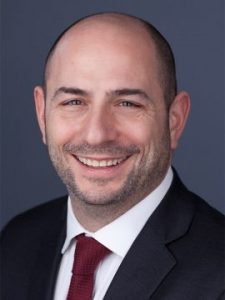
Indeed, the school provides a home for the Alan Alda Center for Communicating Science, where researchers tap into famed actor Alda’s improvisational acting skills, among other techniques, to connect with their audiences and share their cutting-edge work and discoveries.
In addition to the October 30th Science on Stage production at Staller Theater 2, Provost Carl Lejuez recently highlighted numerous additional interdisciplinary efforts.
This past spring, the Simons Center for Geometry and Physics presented artwork by Professor of Mathematics Moira Chas. Chas created artwork that combines yarn and wire, clot and zippers to illustrate mathematical objects, questions or theorems.
The Office of the Provost has also provided several grants to support interdisciplinary work. This includes two $25,000 grants that promote the development of new research teams to explore interdisciplinary areas of scholarly work and address challenges such as Digital Futures/ Ethical Artificial Intelligence, Sustainability, Critical health Studies/ Health Disparities, Global Migration, and other areas.
Additionally, the Collaborative for the Earth brings together faculty from the arts, humanities and social sciences with behavioral science and STEM faculty. The university is starting a new Tiger Teams that will develop key areas of study and offer seed funding to tackle climate change. The funding will explore ways to create solutions that policy makers and the public can adopt, as well as ways to address disparities in the impact of climate change and ways to support people who are disproportionately affected by this threat.
SBU added interdisciplinary faculty. Susannah Glickman, Assistant Professor in the Department of History, has interests such as computing, political economy, 20th century US and world history and the history of science.
Matthew Salzano, IDEA Fellow in Ethical AI, Information Systems and Data Science and Literacy, meanwhile, has a joint appointment with the College of Arts and Sciences and the School of Communication. He studies rhetoric and digital culture, emphasizing how digital technology, including artificial intelligence, impacts and interacts with social justice.
Through course work, members of the university community can also address interdisciplinary questions. Associate Professor in the Department of Art Karen Lloyd teaches an Art and Medicine course, while Adjunct Lecturer Patricia Maudies, also in the Art Department, teaches Art + The Brain. Both of these courses bring in guest lecturers from STEM and medicine.
Stony Brook also hosts centers aimed at interdisciplinary research, such as the Institute for Advanced Computational Science (IACS).

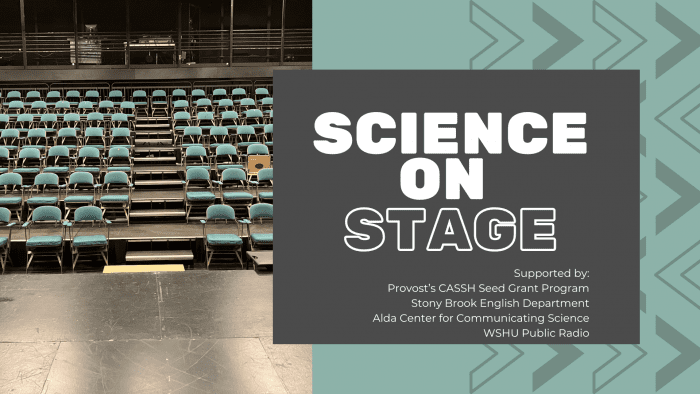
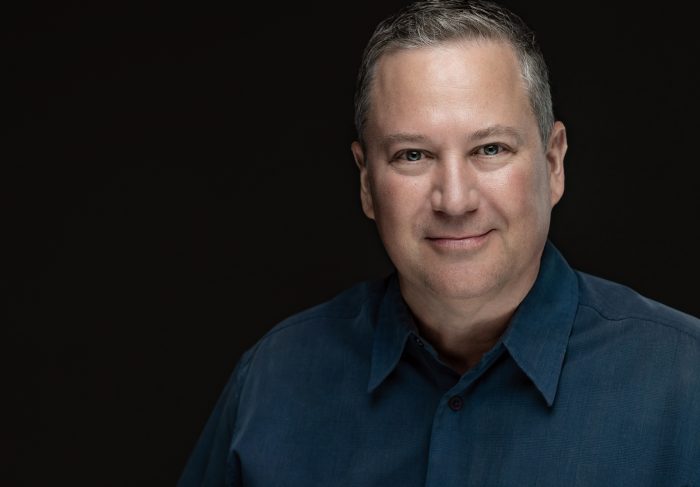
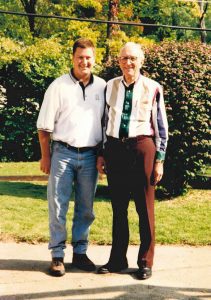
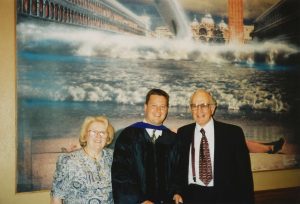
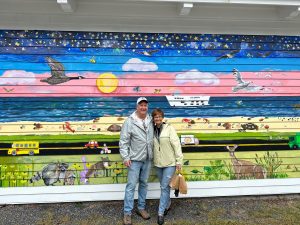
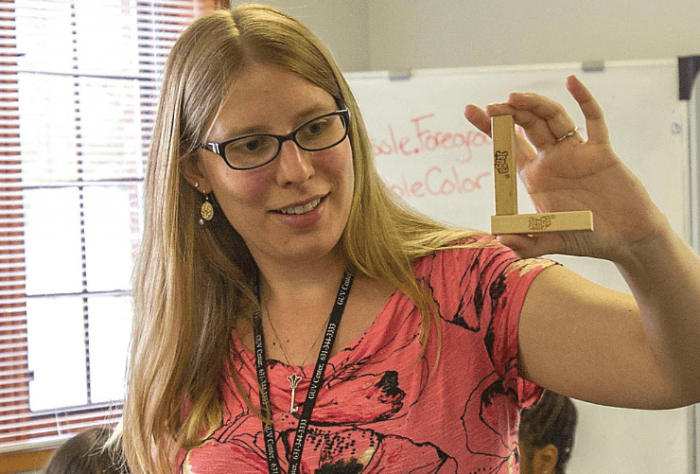
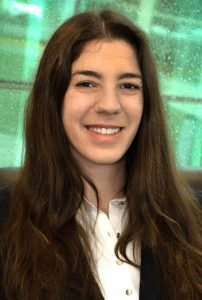
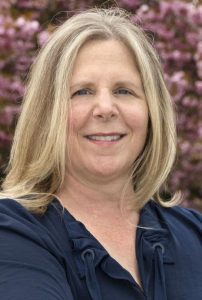
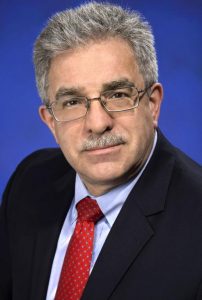
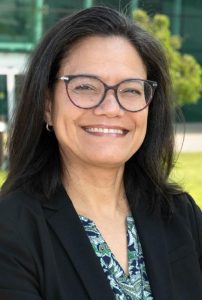
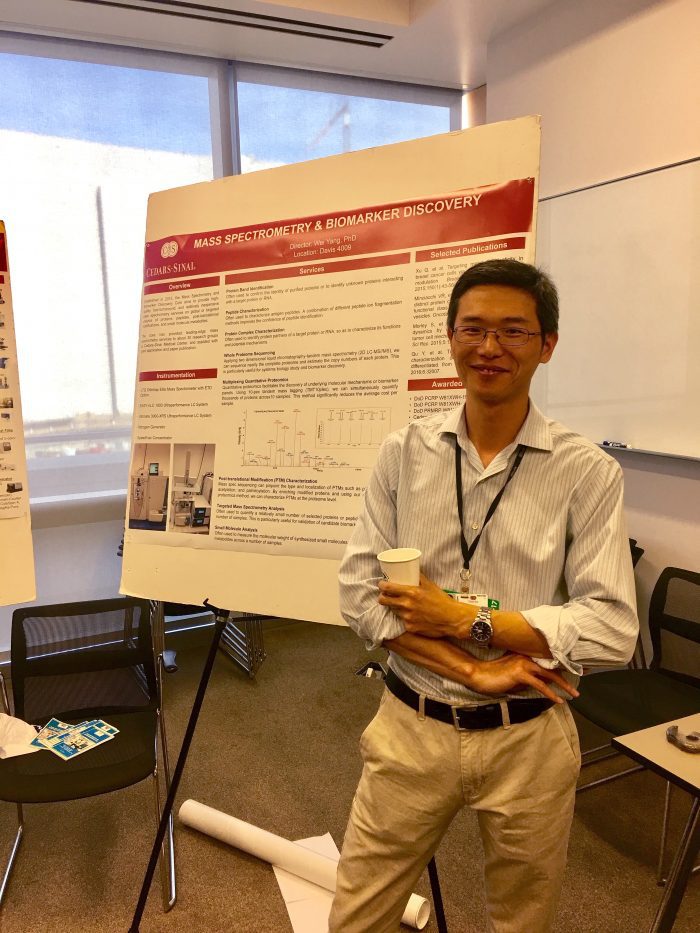
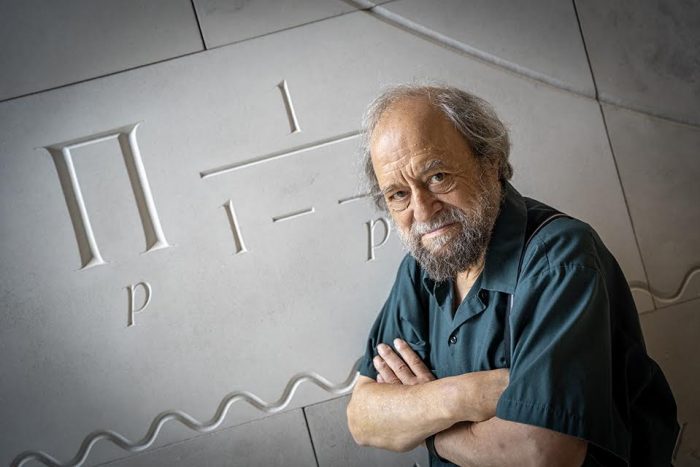
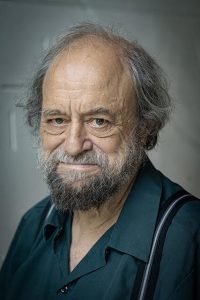
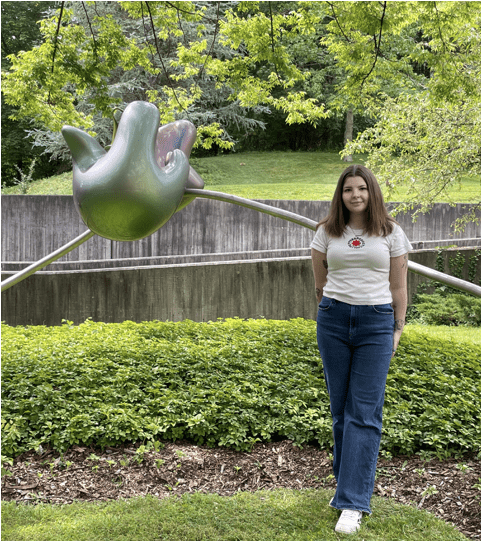
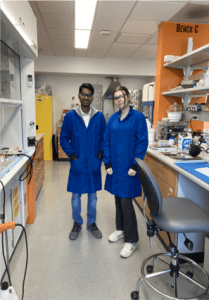
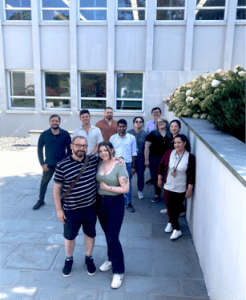
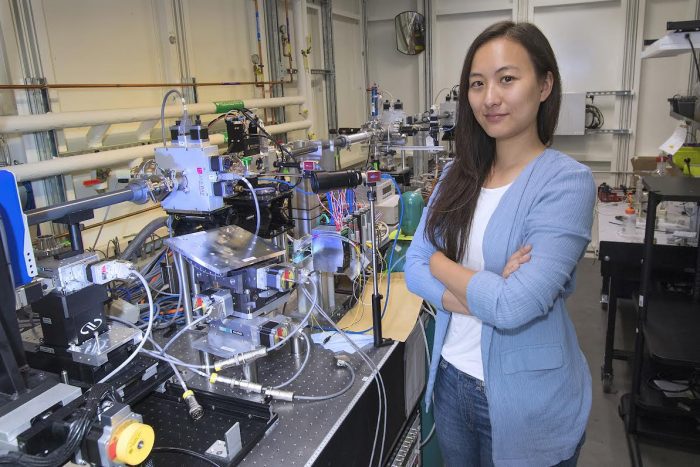
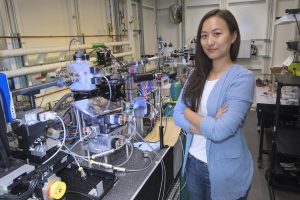
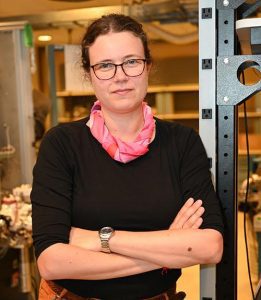
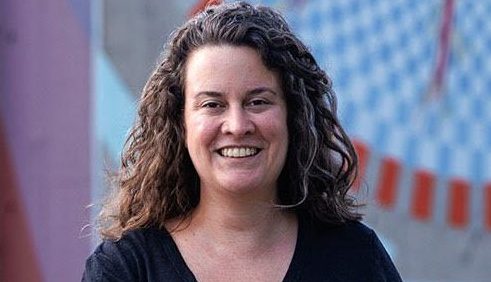
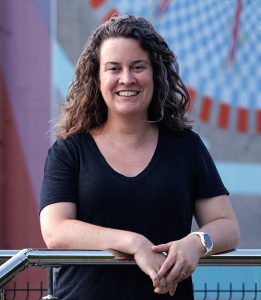
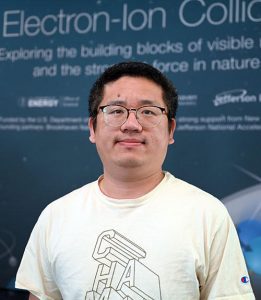
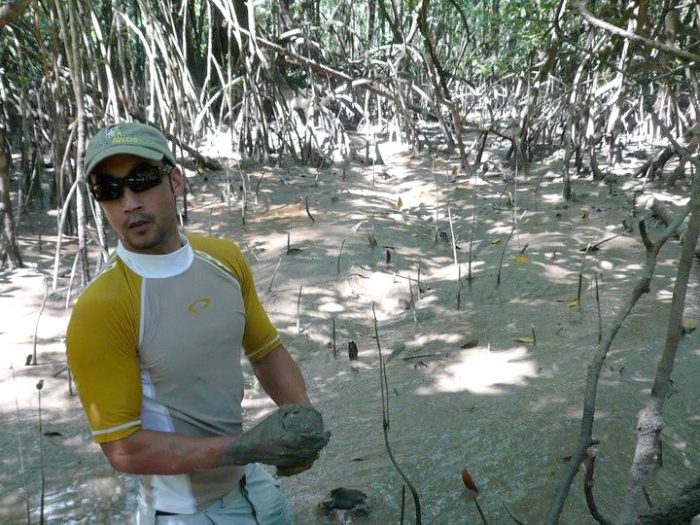
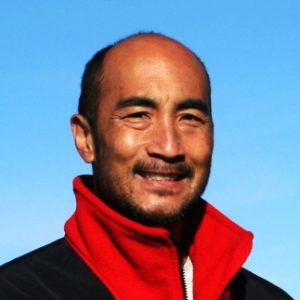
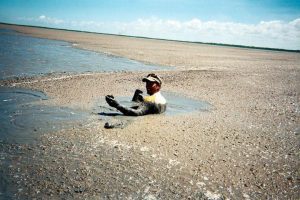 That process creates what is described as a reactive chlorine species, which is on the hunt for a positively charged particle, such as one of the four hydrogen atoms attached to carbon in methane.
That process creates what is described as a reactive chlorine species, which is on the hunt for a positively charged particle, such as one of the four hydrogen atoms attached to carbon in methane.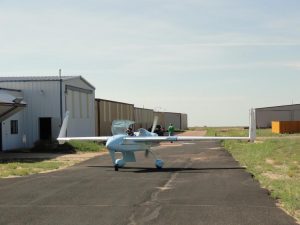 When he’s not working, Mak enjoys boating and fishing. A native of Southern California, Mak is a commercial pilot, who also does some flying as a part of his research studies.
When he’s not working, Mak enjoys boating and fishing. A native of Southern California, Mak is a commercial pilot, who also does some flying as a part of his research studies.
